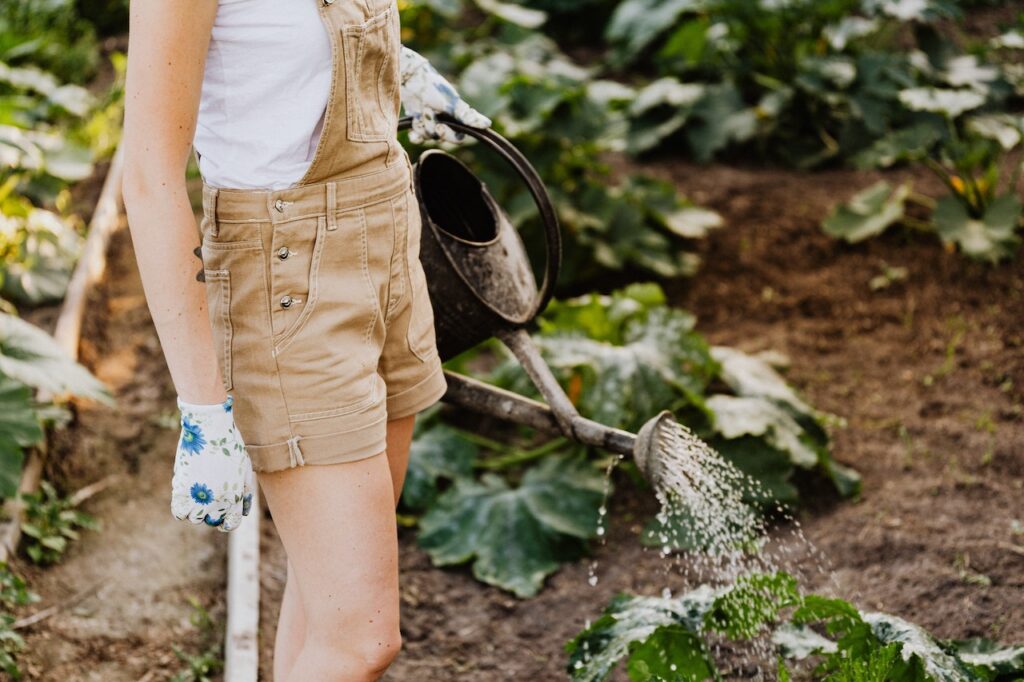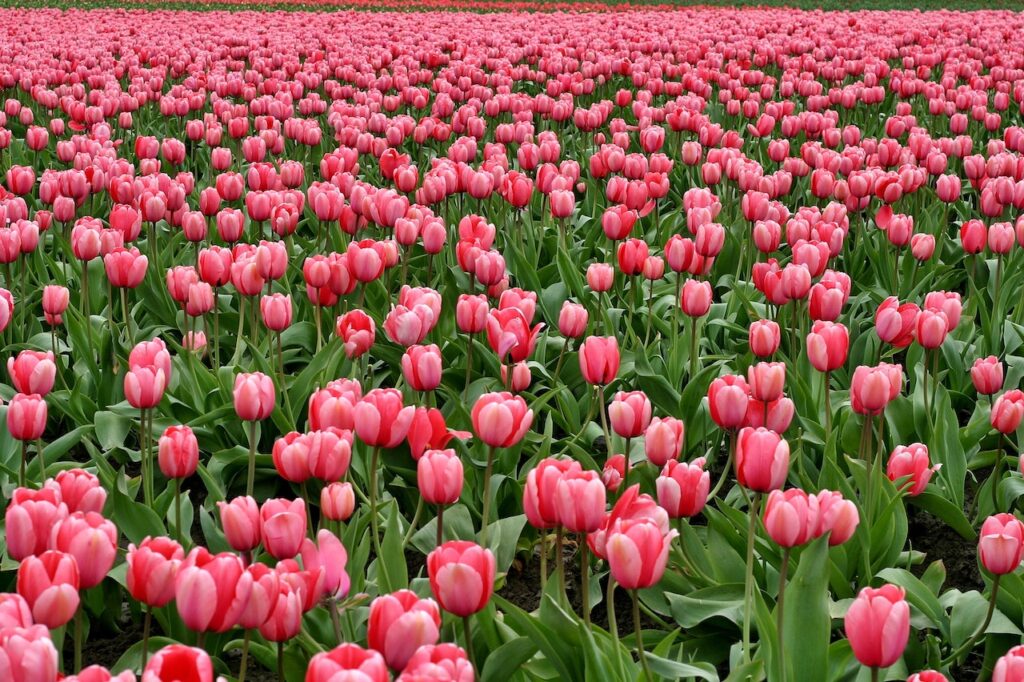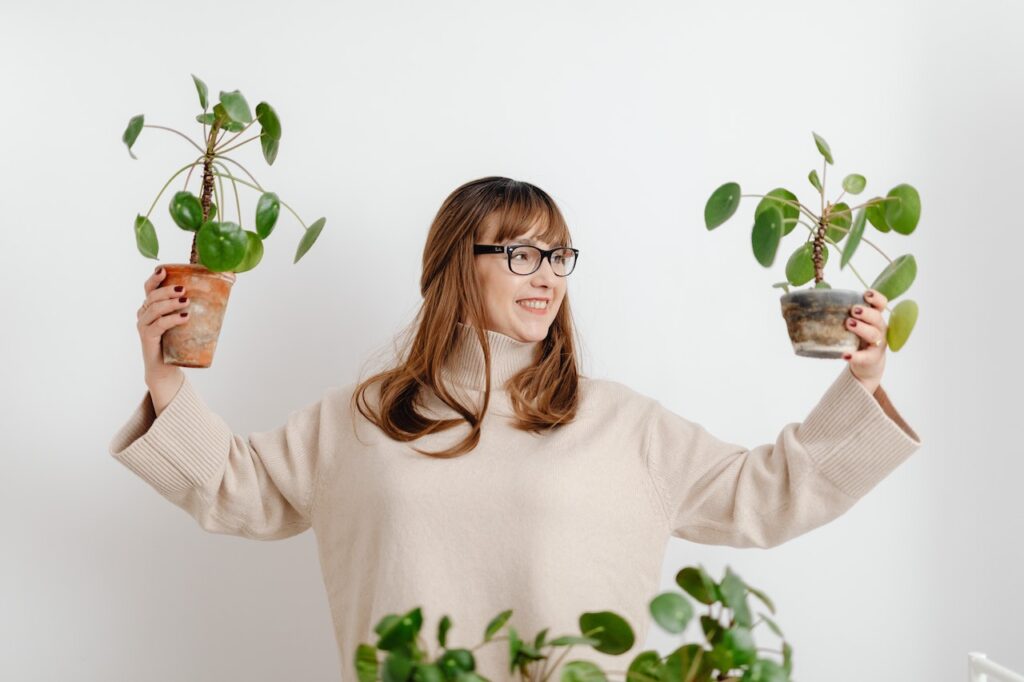Are you tired of killing your indoor plants with kindness (AKA overwatering)? Or perhaps you forget to water them altogether? Fear not, my fellow plant enthusiasts! In this blog, we’ll dive into the importance of proper watering techniques for indoor plants, including how to determine when to water, how much to water, and how to prevent overwatering or underwatering.
First things first, let’s talk about why proper watering is important. Water is essential for plants to grow and thrive, but too much or too little can cause serious damage. Overwatering can lead to root rot, which is when the roots become saturated with water and begin to decay. Underwatering, on the other hand, can cause the plant to dry out and become dehydrated. Proper watering techniques will not only help your plants look their best, but also ensure their overall health and longevity.
So, how do you determine when to water your indoor plants? The easiest way is to stick your finger into the soil up to your second knuckle. If the soil feels dry at that depth, it’s time to water. Another method is to use a moisture meter, which can give you a more precise reading of the soil’s moisture level.
When it comes to how much to water, it’s important to give your plants a good soak, but not drown them. A general rule of thumb is to water until the soil is moist but not waterlogged. It’s better to water deeply and less frequently than to water shallowly and frequently. This will encourage the roots to grow deeper into the soil, making the plant more resilient and better able to handle periods of drought.
Now, let’s talk about how to prevent overwatering. One of the most common causes of overwatering is using pots without drainage holes. Without a way for excess water to escape, the soil can become waterlogged and lead to root rot. Always choose pots with drainage holes, and be sure to place a saucer underneath to catch any excess water.
Another way to prevent overwatering is to use a well-draining potting mix. This will allow excess water to drain away from the roots and prevent water from pooling in the bottom of the pot. You can also add perlite or vermiculite to your potting mix to improve drainage.
If you’re still struggling with overwatering, try watering your plants less frequently. Remember, it’s better to underwater than to overwater. You can also consider using a moisture meter to get a more precise reading of the soil’s moisture level.
Now, let’s talk about how to prevent underwatering. One of the easiest ways is to set a watering schedule and stick to it. This will help you remember to water your plants regularly and prevent them from drying out. You can also use a watering can with a long spout to water deeply and ensure the water reaches the roots.
If you have trouble remembering when to water, you can also set reminders on your phone or calendar. Another helpful tip is to group your plants together based on their watering needs. This way, you can water them all at once and avoid over- or underwatering any individual plant. You can also purchase a drip irrigation kit like the one here, these are generally not expensive and don’t burn a hole in your pocket but can make your life much easier.
In conclusion, proper watering techniques are essential for the health and longevity of your indoor plants. By determining when to water, how much to water, and how to prevent over- or underwatering, you can ensure your plants look their best and thrive. Remember to always use pots with drainage holes, choose a well-draining potting mix, and water deeply and less frequently. Happy watering!
Take a look at some of our other blogs here.



